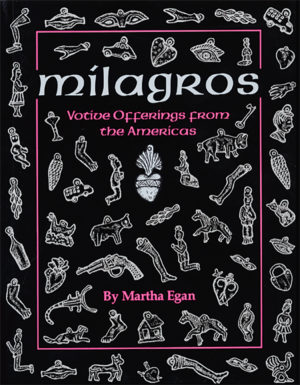Q. Your new novel is called Coyota. As in female coyote?
A. In New Mexico, “coyote” or “coyota” is an affectionate term for a person of mixed ethnicity, or the youngest in a family. Because Nena Herrera-Casey has loved coyotes since she was little and because she is the youngest in her large Irish-Apache-Mexican-American family, her nickname is Coyota.
Q. That’s quite a heritage! Is her life as interesting as her background?
A. Not initially. Nena teaches Spanish part-time at the University of New Mexico and imports Latin American folk art that she sells on weekends at the Albuquerque flea market. Her life is fairly placid apart from strange, violent, recurring nightmares.
But one day, she overhears two Drug Enforcement agents’ whispered conversation. Later, she realizes that they were plotting an “accident” that caused a fiery plane crash and the death of a former student. They know she overheard them. They also know who she is and where she lives. After that, her life becomes far too interesting for comfort.
Q. So is Coyota a murder mystery?
A. Yes and no. We know “who done it” from the beginning. But the considerable tension in the book builds from the rogue DEA agents’ conspiracy to silence Nena. When she and her lover Cal, a stuffy university professor, travel through central Mexico on vacation, the agents attempt to set her up on bogus drug charges. Cal is oblivious.
Q. So he provides some comic relief?
A. Cal thinks he’s sophisticated and broadminded, but as we watch him experience cultural and linguistic confusion, Mexican traffic mayhem, and offbeat menu translations, we realize he’s handicapped by his Anglo-centrism. Coyota is an entertaining look at cultural clashes.
Q. I notice that there’s a lot of Spanish in the book. Aren’t you afraid of causing some linguistic confusion of your own?
A. I use a lot of colloquial Spanish, but I am very generous with translations so it’s understandable even to non-Spanish speakers.
Q. Among the great pleasures of the book is the clarity of your descriptions of the settings in both New and Old Mexico. How did you achieve that?
A. I’m mining years of experience and observation. I’ve lived in New Mexico for over 30 years. I graduated from college in Mexico City. The vivid colors of both places inspire me—from the pristine white of a winter dawn over a New Mexico valley to a raucous New Year’s celebration in San Miguel de Allende’s main plaza.
Q. Where did you get the inspiration for this novel?
A. For me, writing a novel is a lot like the way I cook. I open the refrigerator, see what’s in there that isn’t all moldy, and try to dream up something tasty for dinner. In the case of Coyota, I began with a rumor about the crash of a small plane, and combined it with a terrifying nightmare. I added other interesting ingredients, some I had experienced, some I simply invented. A pinch of xenophobia, a few slices of suspense, a strong dash of humor, and voilá—Coyota.
Q. What do you hope for this new novel?
A. I hope that readers will find Coyota coyote-quick and colorful, thought-provoking, and suspenseful. In short, a good read.






